
Re-versioned by Ben Power, there's an audience clapalong to Pharrell Williams "Happy" and a nod to Adele, but the Bard's poetry is properly respected here - it's just that there's much less of it than old Shakey originally intended. And in case the kids aren't getting the hang of what's going on, key parts of the story are re-told in a Hip Hop-stylee, making the story feel both modern - and, crucially, understood.
Power's ruthless filleting of the script gets us right to heart of the affair. Romeo falls in love with Juliet who has already been promised to another bloke - the arranged marriage providing a neat excuse for a Bollywood ball.
The real problem with their relationship, of course, is that Romeo and Juliet are from Verona's warring families - the Montagues and Capulets - setting the scene for a deadly romantic conflict.
I took my two girls - aged 7 and 10 - and they were thoroughly caught up in the action - especially the younger one who took the opportunity (offered to the entire audience) to come and strut their stuff on the dancefloor. At times you have to remind yourself "this is Shakespeare" - but only in a good way.
The acting was mostly terrific - Tendayi Jembere a convincingly lovesick Romeo, Vanessa Babirye a vicious Tybalt - and you can see how many of the themes (love, marriage, violence, gangs) could inform the classroom discussions and workshops that accompany the touring schools' production.
My only reservation is that - as I understand it - it's only pupils in London who are only going to benefit. The simple set - a bit of scaffolding creating a square arena - could surely be recreated in any school hall. Personally I'd put a dynamic reworking of a classic like this on the National Curriculum and make sure every kid in the country had the chance to see it. Isn't that what being a "National" theatre is all about.
And it's not just for children either. Given that Shakespeare is - for whatever reason - so off-putting for many adults, I reckon there are plenty of grown ups who could benefit from watching it too. It's on at the National until the 14th November, and whatever your age I'd unreservedly recommend it.
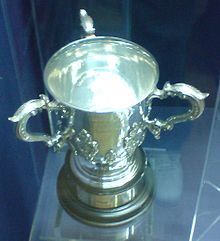
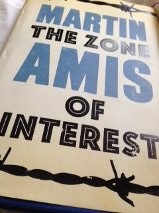
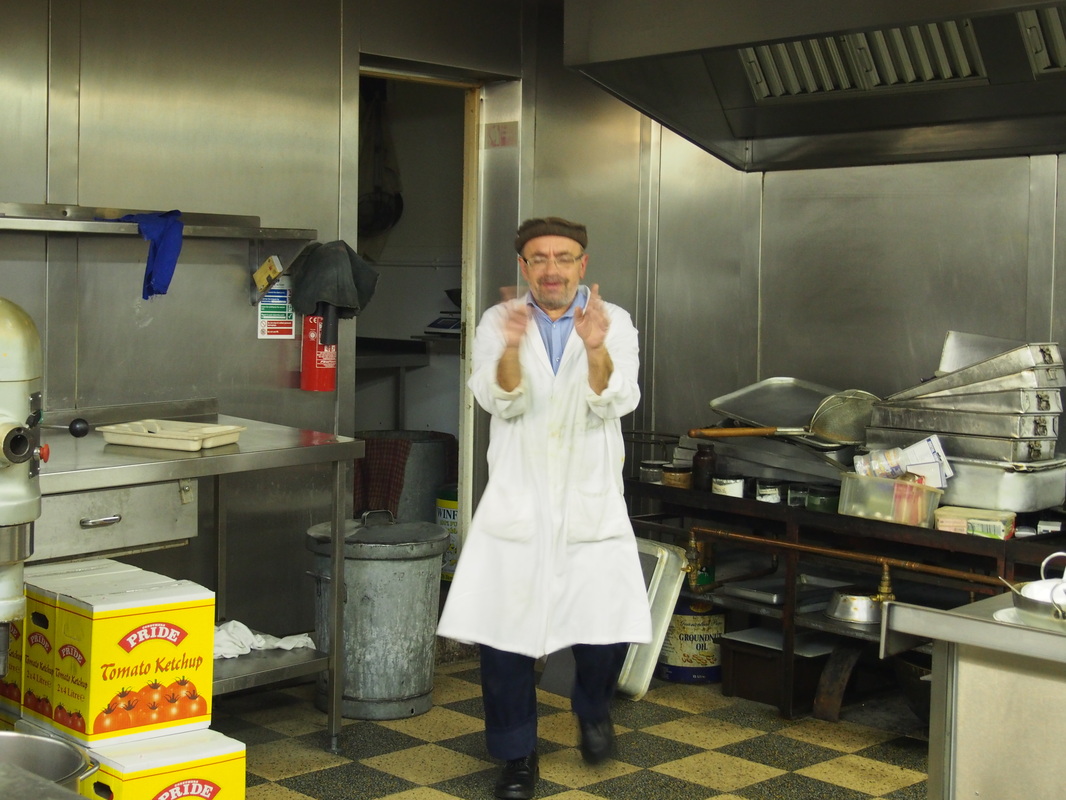
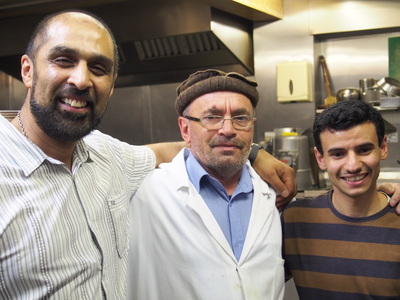
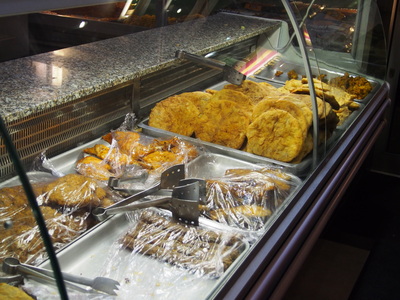

 RSS Feed
RSS Feed
